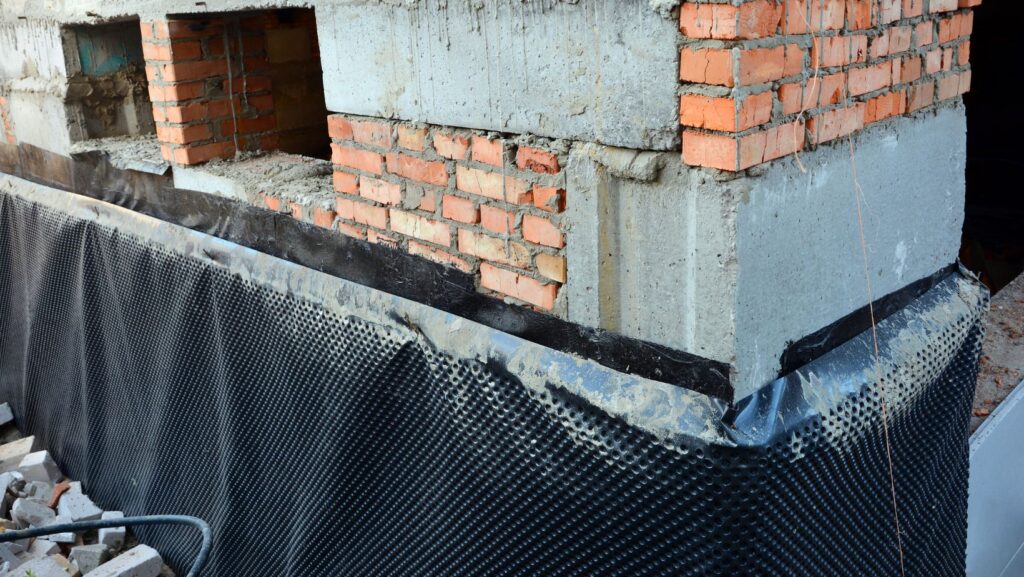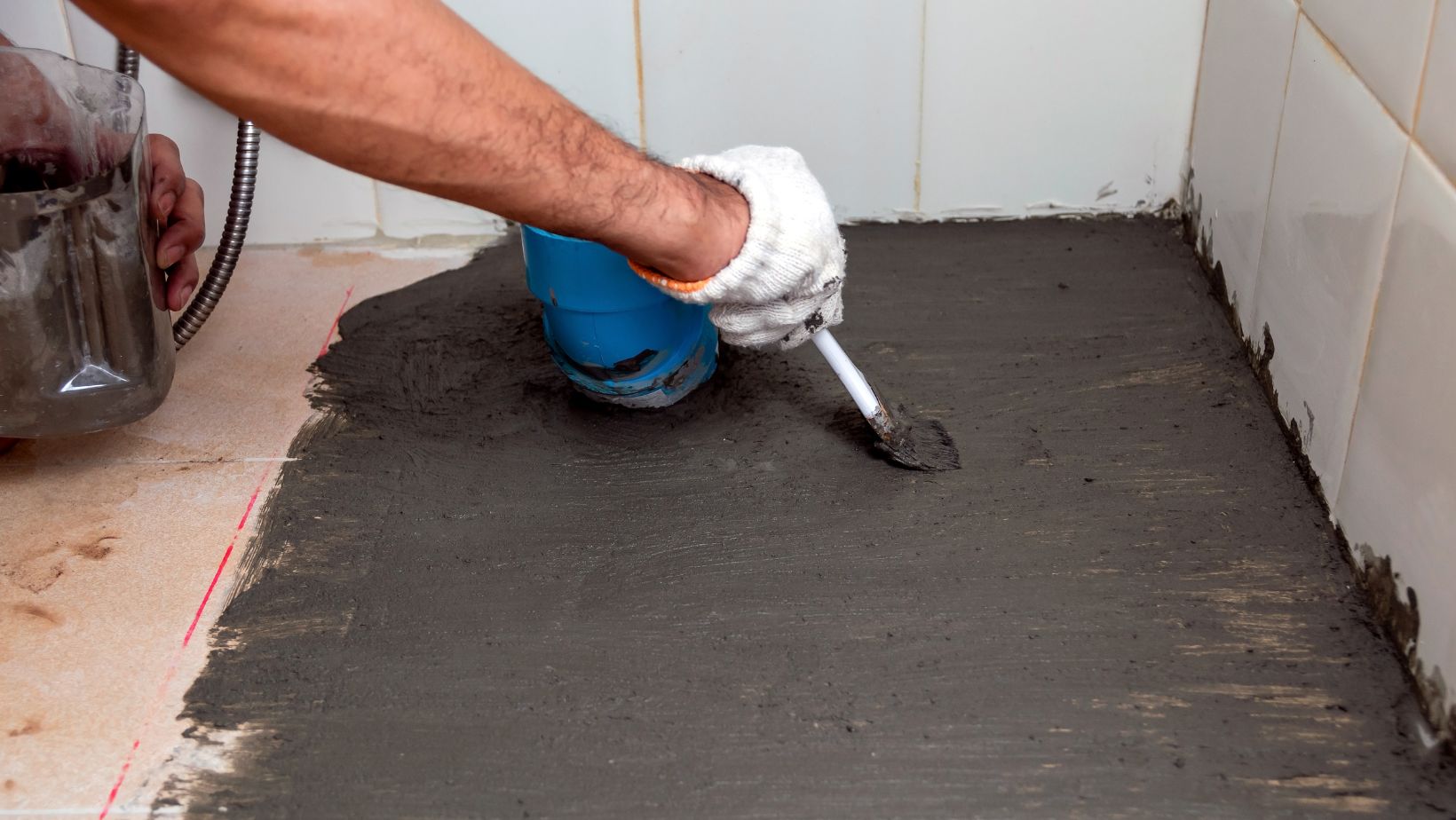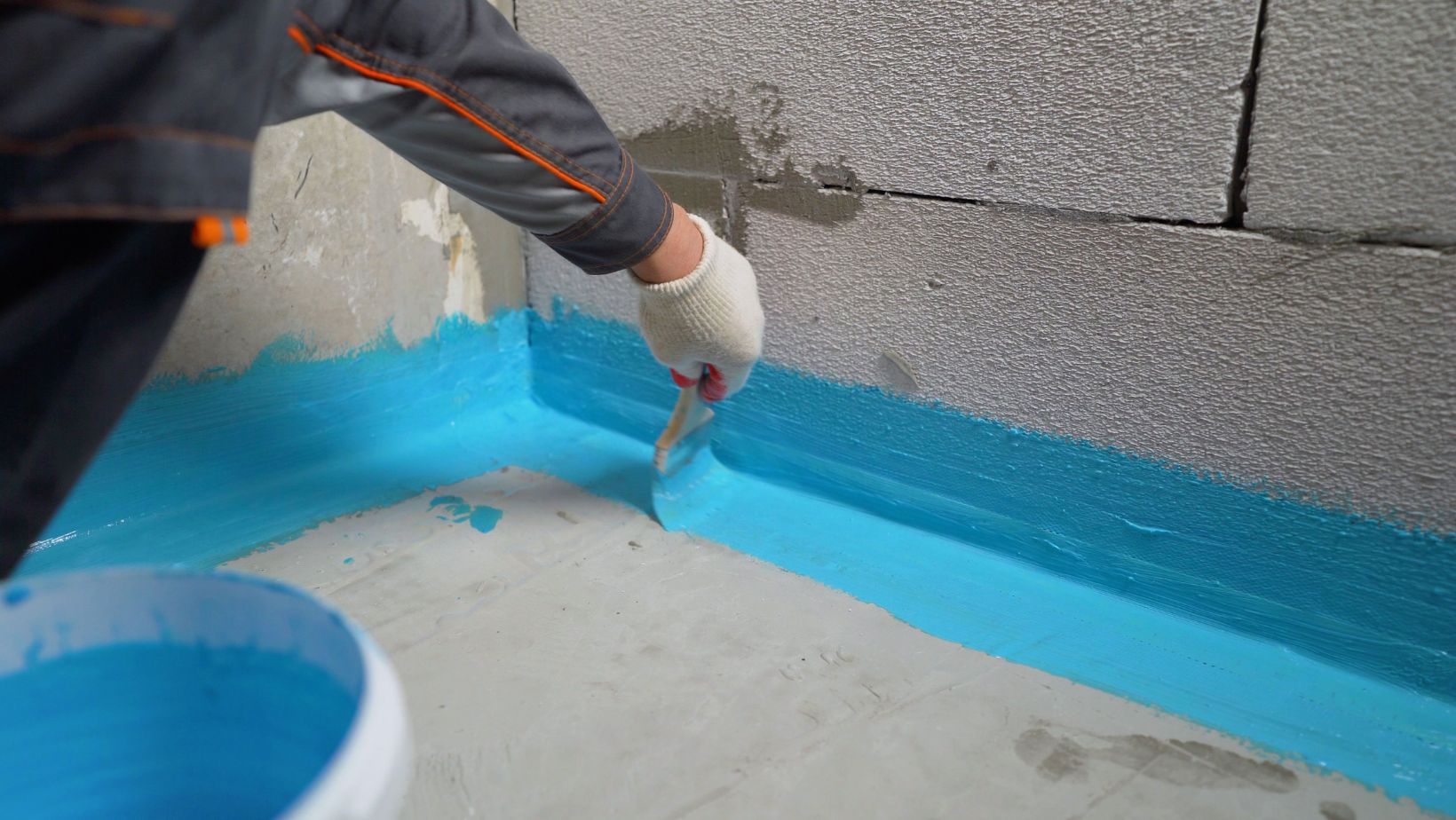
Water damage is one of the most common problems in real estate, and it is often overlooked. Many homeowners are familiar with the situation: small cracks in the walls, damp spots in the basement or even leaky windows that let rain in.
Identify early signs of weakness
Often the first signs of water damage are difficult to detect. Small cracks in walls or floors, damp spots in corners or swelling of wooden floors often indicate larger problems. It can be difficult to interpret these signs correctly. Even experienced homeowners occasionally overlook potential weak points that indicate future damage. A professional waterproofing service can provide targeted help here. Experts will conduct a detailed analysis and identify areas at risk. Particularly during the winter months, when moisture penetrates the building structure, weak points such as window frames and roof seals should be checked.
Replacement and sealing for prevention
One of the most effective ways to prevent water damage is to replace old building elements such as windows and roofs. Experts recommend replacing windows after 20 to 25 years to ensure they are leak-proof. Depending on the material, roofs should be checked every 15 to 30 years and replaced if necessary. Regular maintenance is essential, especially for existing properties, to prevent long-term damage.
Foundations as a weak point in older houses
In many older houses, the foundation is one of the weakest points. In earlier construction methods, modern sealing techniques were often not used, so that the foundation can absorb moisture over the years. This leads to cracks in the masonry, rising damp and even mold growth. Foundations are particularly at risk in areas with high groundwater levels or heavy rainfall, as they are regularly surrounded by water.
A bitumen coating is often used to seal the foundation, creating a waterproof barrier. Drainage systems can be installed to supplement this.
Increasing energy efficiency
Modern windows and roofs not only provide protection against water ingress. They also significantly improve energy efficiency. According to a study by the US Environmental Protection Agency, replacing old windows can reduce a home’s energy consumption by up to 15 %. This not only reduces heating costs, but also the ecological footprint. Homes with modern waterproofing systems and new windows are better insulated and require less energy for heating and cooling.
Existing homes are especially at risk
Older homes are especially vulnerable to water intrusion. Many were built before modern waterproofing techniques were available.
Over time, roofs, basement waterproofing, and window frames lose their resistance to moisture. Problems are especially common in areas with high precipitation, such as the northeastern United States or the Appalachian Mountains. Houses built before 1950 often have defects in the original construction that can allow water to penetrate. Regions such as the Midwest and historic New England are also severely affected.
Geographic distribution of risks
In the United States, many of these old properties are located in historic districts in major cities. Areas such as Philadelphia, Boston and Chicago have a high concentration of homes that are particularly at risk. Regular inspections and modern waterproofing solutions offer a long-term solution for preserving the fabric of these historic structures. Experts recommend having the roof covering and window seals checked every few years, especially in rainy regions.














